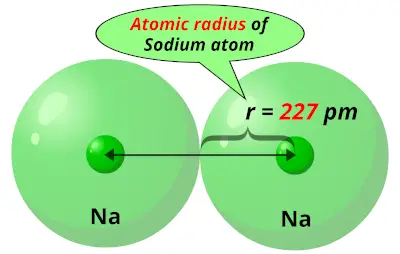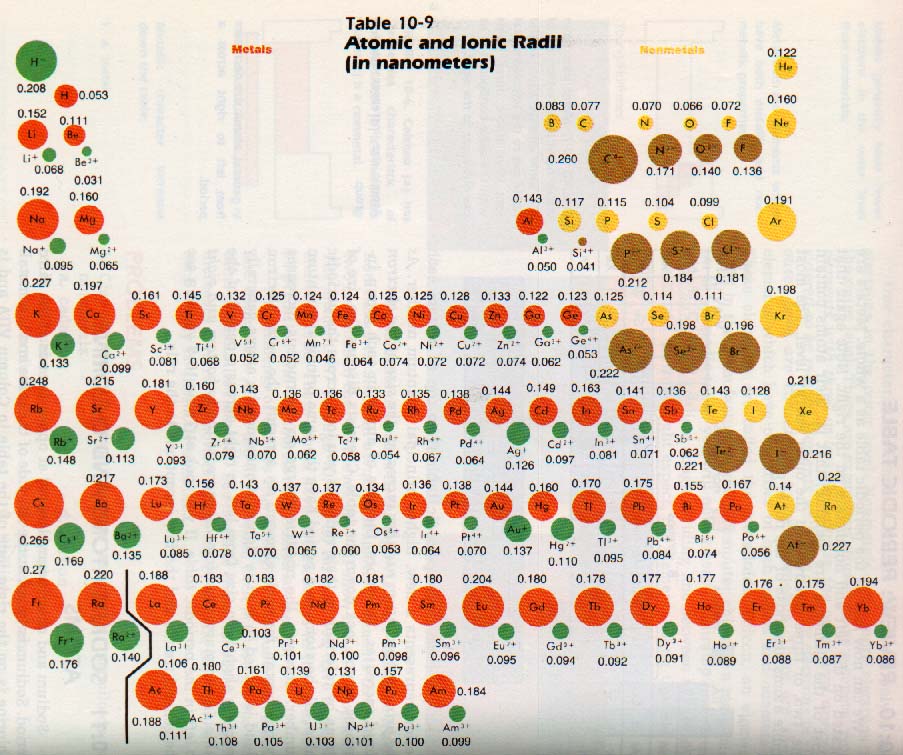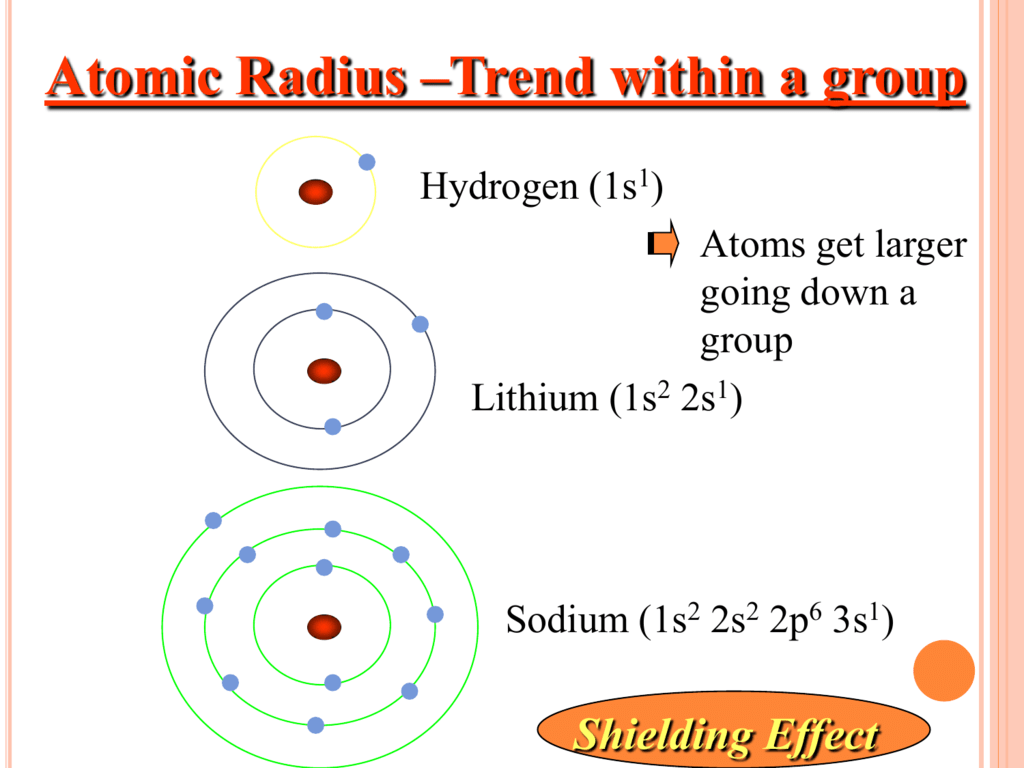
This means that, as more protons are added, the nucleus gets a stronger positive charge which then attracts the electrons more strongly and pulls them closer to the atom’s nucleus. When an electron is added, a new proton is also added to the nucleus, which gives the nucleus a stronger positive charge and a greater nuclear attraction. Within a period of elements, each new electron is added to the same shell. The first atomic radius periodic trend is that atomic size decreases as you move left to right across a period. At the end of this section is a chart with the estimated empirical atomic radius for each element.Ītomic Radius Trend 1: Atomic Radii Decrease From Left to Right Across a Period Below is a periodic table with arrows showing how atomic radii change to help you understand and visualize each atomic radius trend. One atomic radius trend occurs as you move left to right across the periodic table (moving within a period), and the other trend occurs when you move from the top of the periodic table down (moving within a group). What Are the Atomic Radius Trends? What Causes Them? Hydrogen (H) has the smallest average atomic radius at about 25 pm, while caesium (Cs) has the largest average radius at about 260 pm. Atomic radii are measured in picometers (one picometer is equal to one trillionth of a meter).


A radius is the distance between the center of an object and its outer edge.Īn atomic radius is one-half the distance between the nuclei of two atoms. An atom is a basic unit of a chemical element, such as hydrogen, helium, potassium, etc. We’ll also discuss exceptions to the trends and how you can use this information as part of a broader understanding of chemistry.īefore we dive into atomic radius trends, let’s review some basic terms.

Need information on atomic radius trends? What's the trend for atomic radius? In this guide, we’ll clearly explain atomic radius trends and how they work.


 0 kommentar(er)
0 kommentar(er)
